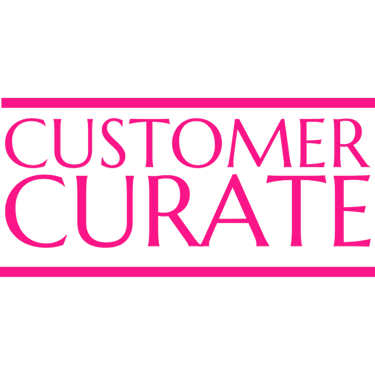The Power of Personalization:
How to Tailor Your Customer Experience for Success
Kylo B
The Power of Personalization: How to Tailor Your Customer Experience for Success
In today's hyper-connected digital landscape, customers expect more than just a one-size-fits-all approach from businesses.
They crave personalized experiences that cater to their unique preferences, interests, and needs.
Indeed, the power of personalization has become a driving force behind successful customer engagement strategies, enabling businesses to forge deeper connections with their audience, drive loyalty, and ultimately, boost revenue.
Understanding Personalization:
At its core, personalization involves customizing the customer experience based on individual preferences and behavior. This goes beyond simply addressing customers by their first name in an email or offering generic product recommendations.
True personalization requires a deep understanding of each customer's needs, desires, and pain points, and leveraging that knowledge to deliver relevant and meaningful interactions at every touchpoint.
Why Personalization Matters:
The importance of personalization cannot be overstated. Research has consistently shown that personalized experiences lead to higher levels of customer satisfaction, increased engagement, and greater loyalty.
According to a study by Salesforce, 84% of customers say being treated like a person, not a number, is very important to winning their business.
Moreover, personalization drives tangible business results. McKinsey found that companies that prioritize personalization across all channels can achieve revenue increases of 5% to 15% and reduce acquisition costs by up to 50%.
How to Implement Personalization:
So, how can businesses harness the power of personalization to tailor their customer experience for success? Here are some key strategies:
Collect & Analyze Customer Data: Start by gathering data on your customers' preferences, behaviors, and past interactions with your brand. This could include website activity, purchase history, demographic information, and more. Use advanced analytics tools to analyze this data and uncover insights that can inform your personalization efforts.
Segment Your Audience: Once you have gathered data, segment your audience into distinct groups based on common characteristics or behaviors. This could include factors such as demographics, purchase history, browsing behavior, or engagement level. By segmenting your audience, you can tailor your messaging and offerings to each group's specific needs and interests.
Deliver Relevant Content & Recommendations: Use the insights gleaned from your data analysis to deliver personalized content and product recommendations to your customers. This could include personalized email campaigns, targeted advertising, or dynamic website content that reflects each customer's preferences and interests.
Optimize the Customer Journey: Personalization should extend across the entire customer journey, from the initial awareness stage to post-purchase support. Identify key touchpoints along the customer journey and find opportunities to deliver personalized experiences at each stage. This could include personalized landing pages, tailored product recommendations, or proactive support based on past behavior.
Stay Agile & Iterate: Personalization is an ongoing process that requires continuous monitoring and optimization. Stay agile and responsive to changes in customer behavior, market trends, and technological advancements. Test different personalization strategies, measure their impact, and iterate based on the results to continually improve the customer experience.
The Future of Personalization:
As technology continues to evolve, the possibilities for personalization are endless.
From artificial intelligence and machine learning to augmented reality and voice-activated interfaces, businesses have an array of tools at their disposal to create even more personalized and immersive experiences for their customers.
However, it's essential to strike the right balance between personalization and privacy.
Customers are increasingly concerned about data privacy and security, so it's crucial to be transparent about how you collect, use, and protect their data. Respect their preferences and provide options for controlling their privacy settings to build trust and confidence in your brand.
The power of personalization cannot be overstated. By understanding your customers' needs and preferences and delivering relevant, tailored experiences, you can forge deeper connections, drive loyalty, and ultimately, achieve business success in today's competitive marketplace.
Embrace personalization as a core pillar of your customer experience strategy, and watch as it transforms your relationship with your audience for the better.


